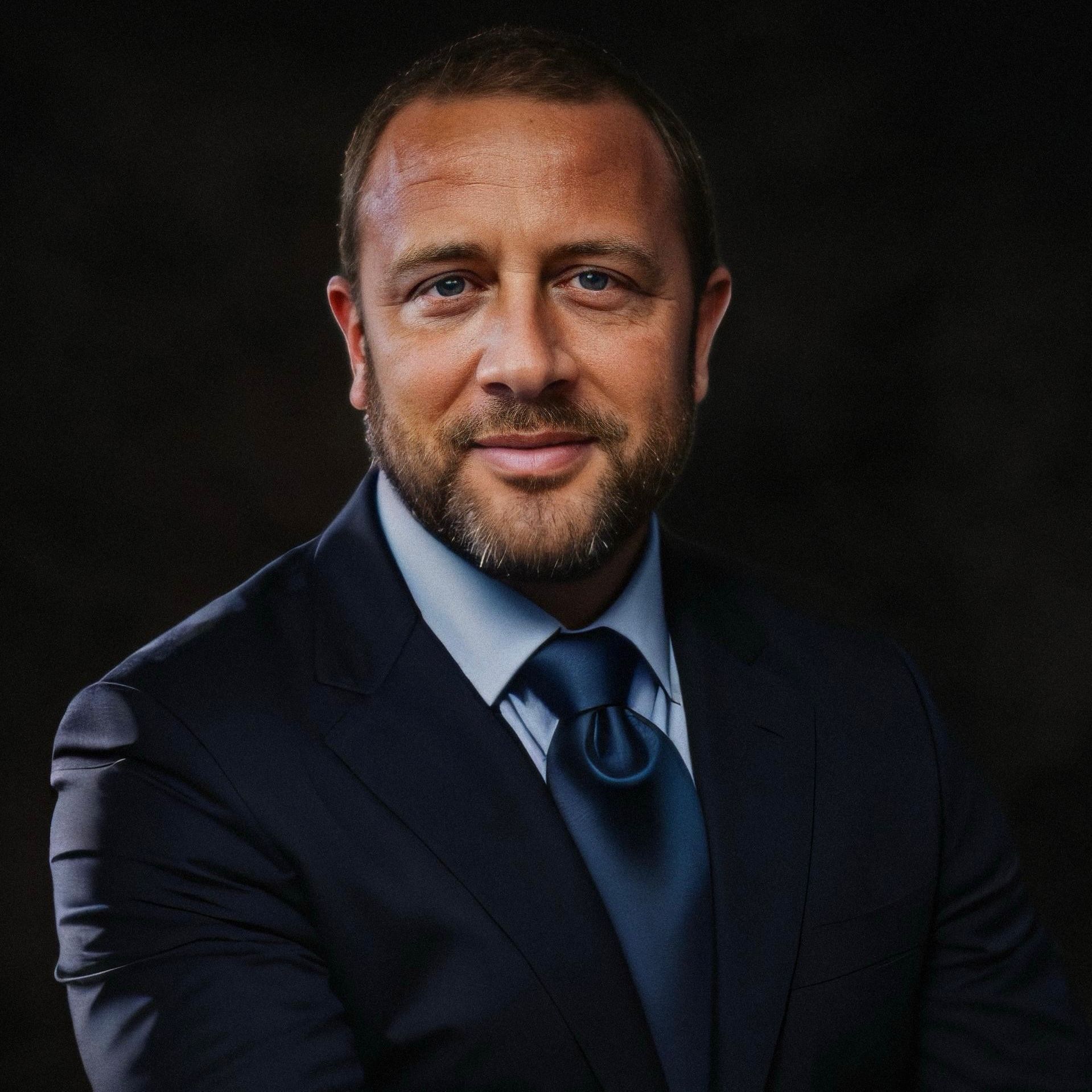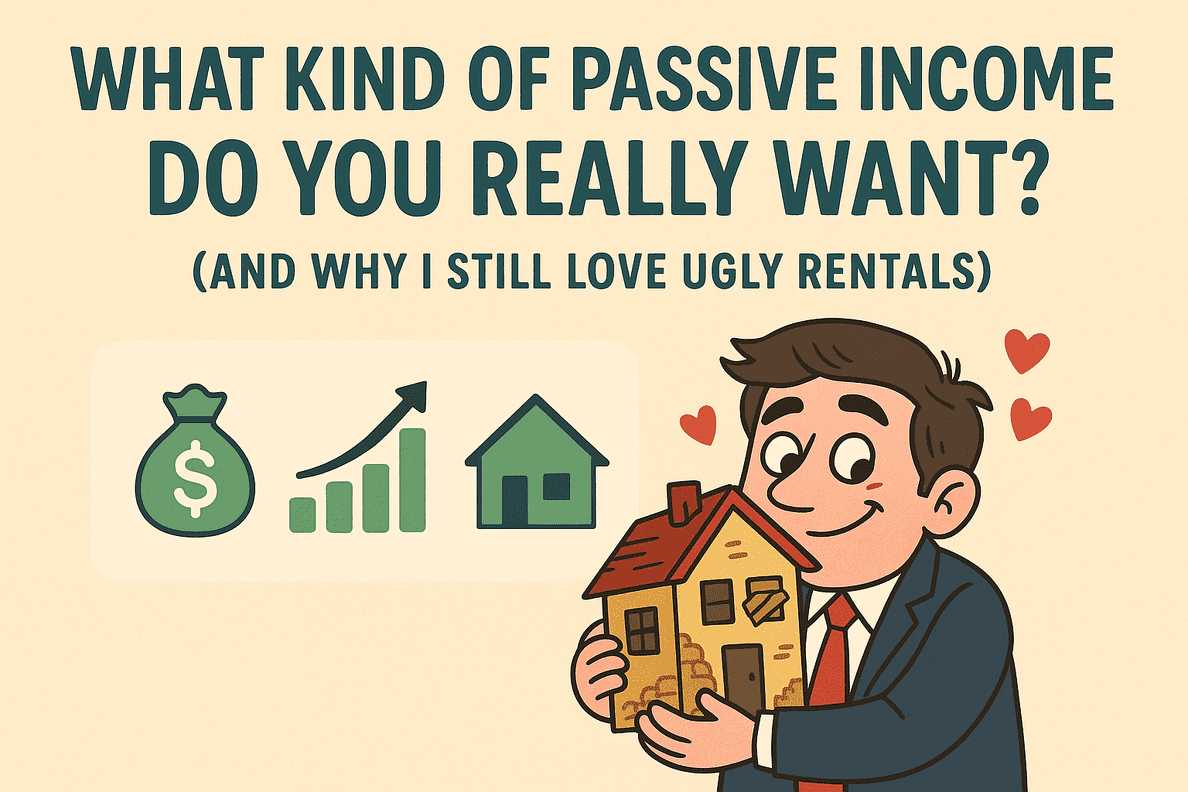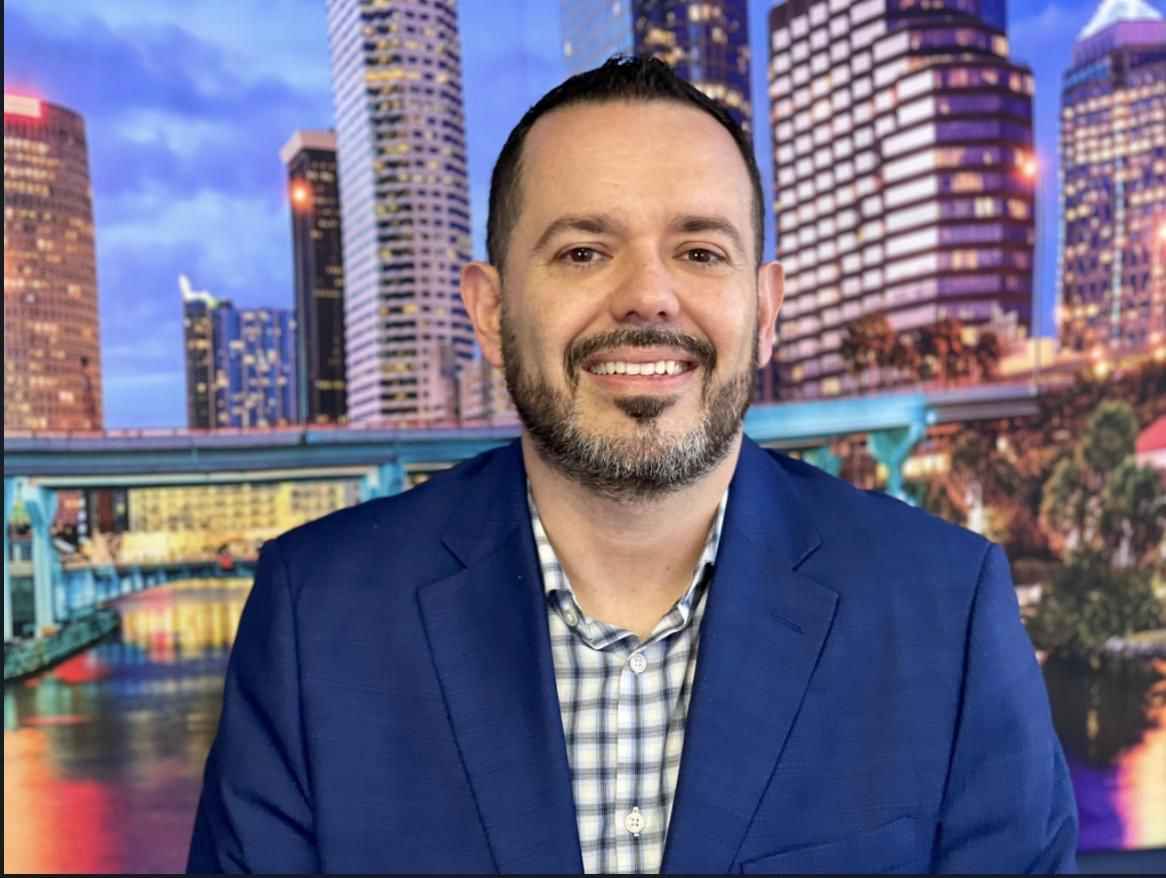Real Estate Investment Analysis: How to Know If a Deal Is Actually Worth It
You know how some people go to Costco and buy stuff just because it’s in bulk—even if they don’t need it? That’s how some new investors treat real estate. They see a “deal” and think, “It’s a property! It’s cheap! I gotta grab it!”
But here’s the truth: just because something’s a low price doesn’t mean it’s a good deal. A smart investor doesn’t just buy based on price—they buy based on performance. That’s where real estate investment analysis comes in.
It’s like running a background check on the property before committing. We’re going to break it all down, using simple terms, a few laughs, and the same steps I use every day at Graystone to evaluate deals with our team.
1. First Question: Will This Property Make Me Money?
Before anything else, ask this:
-
Will this deal give me cash flow, equity, or both?
-
Is this a long-term rental, a short-term flip, or a temporary hold-and-pray?
-
Do I know my exit strategy?
If the only answer is, “It’s cute and I like the kitchen,” we’ve got a problem.
2. The “Income Sandwich” Breakdown
🥪 Top Slice: Gross Income
Start with the rent the property can generate.
-
Look at comparable rentals nearby (same beds/baths, square footage).
-
Check Airbnb comps if you’re thinking short-term rental.
-
Be conservative—don’t assume top dollar every month.
Example:
If you think it’ll rent for $2,000/mo, assume $1,800. Tenants aren’t paying just because Zillow said so.
🥬 The Middle: Expenses
Here’s where newbies mess up. They forget stuff. A lot of stuff.
Your monthly expenses may include:
-
Property taxes
-
Insurance
-
Property management (typically 8–10%)
-
Repairs & maintenance (budget at least 5–10% of rent)
-
Vacancy (yes, it will sit empty sometimes)
-
HOA fees (if applicable)
-
Utilities (if you’re covering them)
Let’s say expenses come out to $1,200/month.
🍞 Bottom Slice: Net Operating Income (NOI)
Formula:
NOI = Gross Income – Operating Expenses
If rent is $1,800 and expenses are $1,200:
NOI = $600/month or $7,200/year
That’s your real starting point.
3. Understanding Cash Flow
Cash flow is the leftover money you get after paying the mortgage. It’s what actually ends up in your pocket.
💡 Formula:
Monthly Cash Flow = Rent – Expenses – Mortgage
Let’s say your mortgage payment is $900.
From earlier:
-
Rent = $1,800
-
Expenses = $1,200 (includes repairs, vacancy, etc.)
-
Cash Flow = $1,800 – $1,200 – $900 = -$300/month
Ouch.
You’re bleeding $300 every month to own the place. That might be okay if you’re forcing appreciation with rehab or waiting for a market swing, but most of the time, that’s a pass.
4. Cap Rate: The Quick Return Test
The Capitalization Rate, or Cap Rate, helps you compare apples to apples.
It ignores the mortgage (since every investor might finance differently) and just says: “If I bought this in cash, what percent return would I get?”
📐 Formula:
Cap Rate = Net Operating Income ÷ Purchase Price
Let’s say:
-
NOI = $7,200/year
-
Purchase Price = $200,000
Then:
Cap Rate = $7,200 ÷ $200,000 = 3.6%
Meh.
In most markets, investors aim for:
-
5–6% cap = A-Grade property in a great area
-
7–9% cap = B-Grade in decent areas
-
10%+ cap = C/D areas or risky bets
5. Cash-on-Cash Return: What You’re Really Making
This one is key for BRRRR deals, flippers, and creative investors.
Formula:
Annual Cash Flow ÷ Total Cash Invested
Let’s say you put:
-
$40,000 down payment
-
$10,000 in rehab
-
$5,000 in closing costs
Total cash in: $55,000
And you’re making $3,600/year cash flow?
Cash-on-Cash = $3,600 ÷ $55,000 = 6.5%
That’s okay—not amazing. But what if you refinance after a rehab and pull your cash back out?
Boom—you’re infinite. That’s the BRRRR sauce.
6. Appreciation: The Long Game
Don’t bank on appreciation, but also don’t ignore it.
If your area is growing (population, jobs, infrastructure), then your property might increase in value even if you don’t lift a hammer.
In markets like Tampa, Orlando, and Miami, I’ve seen people make more from appreciation in 5 years than from rent.
But beware: appreciation is a bonus, not a guarantee. 2008 taught us that the hard way.
7. Rehab ROI: Is the Juice Worth the Squeeze?
If you’re planning on doing work to the property, ask:
-
How much am I spending?
-
What will the ARV (After Repair Value) be?
-
Will this increase my rent?
-
Can I refinance to pull cash out?
You’re trying to force equity here.
Real-life example:
You buy a place for $150K, put $25K in, and now it’s worth $225K. Boom—$50K equity jump. Rent went from $1,200 to $1,600. That’s velocity.
That’s how I built my portfolio early on—ugly rentals, smart rehabs, repeat.
8. The Exit Strategy Rule
Every deal should start with the end in mind.
Ask:
-
Am I flipping?
-
Am I holding for 5–10 years?
-
Am I doing a 1031 Exchange later?
-
Am I leaving it to my kids?
Don’t fall in love with a property. Fall in love with the math and the exit.
9. Creative Financing = Better Returns
Want to double your ROI without doubling your risk?
Get creative.
-
Subject-To: Take over the seller’s mortgage.
-
Seller Financing: Pay the seller instead of a bank.
-
Wraparound Mortgage: Combine both strategies.
-
Lease Option: Control without owning yet.
These deals often come with less cash needed, better terms, and huge upside.
10. Tools & Templates I Use
Here’s what I use or recommend to analyze deals:
-
Graystone Deal Calculator (internal tool)
-
BiggerPockets Rental Calculator
-
DealCheck app
-
Excel/Google Sheets with my own formulas
Want a copy of my spreadsheet? Just say so. We keep it basic on purpose—math you can do on a napkin.
Real Story: The $1 House That Cost Me $10K
One time I bought a property for $1. Literally. The seller just wanted out. Sounds like a win, right?
Nope.
It came with:
-
$3,000 in back taxes
-
A busted sewer line
-
A tenant who thought he owned it
-
A raccoon problem
By the time I fixed it all, I was $10K in the hole.
Lesson? Even “free” properties have costs. You must run the numbers—even if the price tag says $1.
11. Don’t Forget Your Time Cost
If you’re self-managing, fixing toilets, or driving to Home Depot five times a week, ask yourself:
“What’s my time worth?”
You might be making $400/month cash flow, but spending 20 hours to get it. That’s $20/hour—and you’re a landlord, therapist, and pest control technician.
That’s why I tell investors:
Either automate, outsource, or price that time into the deal.
12. Market Trends Matter
Real estate is local, but we live in a national economy.
Before you invest, look at:
-
Job growth in your city
-
Inventory levels (is supply up or down?)
-
Days on market
-
Rent growth trends
-
Migration patterns
Example:
In 2025, many Florida markets are seeing a temporary inventory surge, but long-term demand is strong due to population growth.
If you’re buying now, it better be a deal that can weather a dip and thrive long-term.
Final Thoughts
Investment analysis isn’t just a spreadsheet—it’s a mindset.
It’s asking yourself:
-
Am I getting paid now (cash flow)?
-
Will I get paid later (equity/appreciation)?
-
Can I exit if I need to?
-
Do the numbers STILL make sense if the market shifts?
If the answer is yes, then you’ve got a real deal.
And if not? Keep walking. There’s always another property. Always.
Keep it consistent, stay patient, stay true—if I did it, so can you. This is Jorge Vazquez, CEO of Graystone Investment Group and all our amazing companies, and Coach at Property Profit Academy. Thanks for tuning in—until the next article, take care and keep building!
If you’d like to connect directly with me, feel free to book a time here: https://graystoneig.com/ceo.
Pick your expert. Book your free 15-minute consult now. We are here to help!
Our Top Articles
What Does Cap Rate Mean in Real Estate (And Why I Actually Use It)
What Does Cap Rate Mean in Real Estate (And Why I Actually Use It) Alright, I’m gonna break this [...]
Real Estate Investment Analysis: How to Know If a Deal Is Actually Worth It
Real Estate Investment Analysis: How to Know If a Deal Is Actually Worth It You know how some people [...]
What Kind of Passive Income Do You Really Want? (And Why I Still Love Ugly Rentals)
What Kind of Passive Income Do You Really Want? (And Why I Still Love Ugly Rentals) You [...]
Property Profit Academy:
✔ Learn to buy properties with little to no money down.
✔ Build a $10M portfolio step by step.
✔ Master strategies like BRRRR and house hacking.







